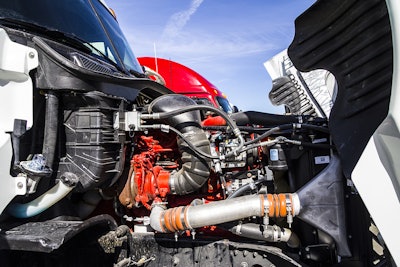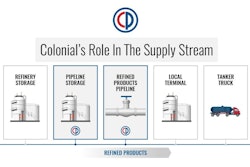
The aggregate prosperity seen currently in the commercial vehicle industry, and in the US economy as a whole, is a welcome contrast to the situation that existed a year ago, according to ACT Research’s recently released Transportation Digest. However, the report explains, there is a downside.
“Our heavy-duty forecast continues to reflect the current ‘perfect storm’ of upbeat economic, freight and trucking indicators, with most at, or on the verge of reaching, all-time record levels,” says ACT President and Senior Analyst Kenny Vieth. “And it’s easy, if not particularly pleasant, to remember the business environment of 2020’s second quarter, with significant uncertainties in not knowing the extent of the virus and how deep the downside could be.”
Vieth adds that the positive data at the macro level obscures an “uncomfortable truth.”
He says, “For purchasing managers in the equipment manufacturing chain, the struggle is obtaining supplies in a capacity-strained world, while for financial managers, it’s a battle to protect margins against rapidly rising costs.”
Fleet managers are stressed because the queue for heavy-duty vehicles stretches past year-end. “The management skillset is really being tested to make the best of current good times, if this is really ‘as good as it gets,’” Vieth says.
The question of commercial vehicle demand for 2021 has been answered, but the remaining question is the industry’s ability to meet that level of demand, according to ACT in its recent release of its Commercial Vehicle Dealer Digest.
“This year’s challenge is to ascertain the impact of supply constraints on 2021’s production potential, and the two numbers that get to the heart of identifying the near-term production ramp are units-per-day and days-per-period,” says Vieth. “The timing of a 100 units-per-day swing from assumption to reality can still have a material impact on full-year output.”
He says there is a third, hidden factor that is likely to come into play at some point in the coming months: the completion of “red-tagged” units.
“Based on anecdotal conversations, we would put the current number of red-tagged units at around 5,000 units industry-wide.” Vieth says. “Given demand conditions, we reiterate that when the inflection comes, it will be exceedingly sharp, and that’s why we’re advising our clients to be prepared.”














